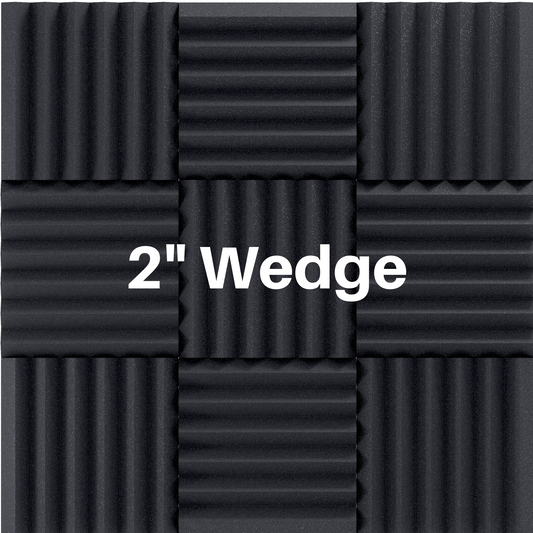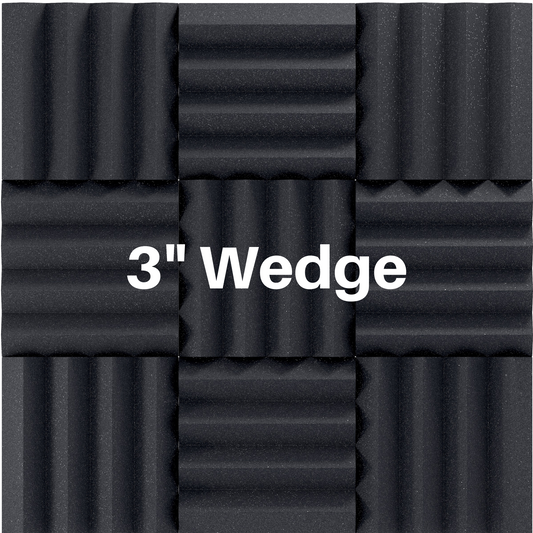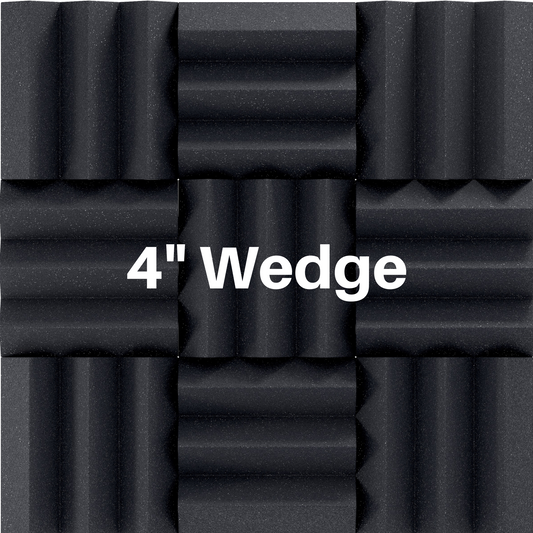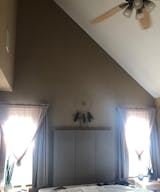Creating a Quite Home Office
Share
In today’s fast-paced world, having a serene and quiet home office can significantly enhance your focus and productivity. Acoustic treatments are key to transforming your workspace into a Zen-like environment. Here’s how to do it!
Choose the Right Room
- Select a Quiet Space: Choose a room that is naturally quieter and away from high-traffic areas in your home. Avoid rooms with a lot of external noise, such as those facing busy streets.
- Room Shape and Size: Opt for a room with an irregular shape to help disperse sound waves and avoid small, boxy rooms that can create acoustic issues. Obviously if your room is already picked out you are stuck with what you have, and luckily with a little acoustic treatment you can make your rectangle or square room sound great.
Below are some examples of home office setups from our customers.

Soundproofing Basics
Soundproofing blocks sound from entering or leaving a space, while acoustic treatment improves the quality of sound within a space by managing echoes and reverberations. We are going to talk about soundproofing then move on to acoustic treatment.
- Seal Gaps and Cracks: Use weatherstripping or acoustic sealant to seal gaps around doors and windows. This prevents external noise from entering your workspace.
- Heavy Curtains or Blinds: Install thick curtains or blinds to help muffle noise from outside. If the noise is still too bad with curtains you may have to look into installing a double pane window for extra sound blocking.
- Soundproofing Walls And Ceiling: If you need to block outside noise from coming in, or stop the noise you make from escaping then soundproofing the walls and ceiling is going to be important.
Below is an image that shows some soundproofing techniques for walls. You can check out our soundproofing materials here.

Acoustic Treatments
- Wall Panels: Install acoustic foam panels on the walls, especially at the first reflection points where sound from your voice, and your computer speakers hits the walls. This reduces echoes and reverberation.
- Ceiling Panels: Hang acoustic panels from the ceiling above your desk to capture sound waves that bounce vertically.
- Bass Traps (optional): Place bass traps in the corners of the room to absorb low-frequency sounds and reduce bass buildup. These are only necessary if you will be playing music or instruments in your office. If there will only be voice dialogue then these are not imperative.
The below image shows an example of a home office acoustic treatment setup. It details the strategic placement of sound-absorbing materials—behind and in front of the desk for main reflection points, on the ceiling, and along side walls, as well as the use of curtains to cover windows. The diagram also shows how soundproofing techniques are applied to walls and doors to seal out external noise, ensuring a quiet and focused workspace.

Flooring Solutions
- Carpets and Rugs: If you have hard floors, add carpets or rugs to absorb sound and reduce noise transmission. A thick, plush rug can make a big difference in sound absorption.
- Underlay: Consider using a sound-absorbing underlay beneath your carpet to further reduce noise.
Furniture Arrangement
- Bookshelves and Cabinets: Place bookshelves or storage cabinets against the walls to act as additional sound absorbers. Filled bookshelves can help diffuse sound waves and prevent them from bouncing around the room.
- Soft Furnishings: Add cushions, throws, and other soft furnishings to absorb sound. These can be strategically placed to improve acoustics without compromising the room’s aesthetic.
- Curtains Over Windows: Install thick, heavy curtains over windows to serve as sound barriers. These curtains not only enhance privacy and aesthetics but also significantly reduce incoming noise and minimize sound reflections, helping to create a quieter space.
Creating a Calm Atmosphere
- Plants and Greenery: Incorporate plants into your office decor. Plants not only improve air quality but also help with sound absorption.
- Soft Lighting: Use soft, indirect lighting to create a calm and focused environment. Avoid harsh, bright lights that can be distracting.
- Personal Touches: Add personal items that bring you joy and comfort, making your workspace feel more inviting and conducive to productivity.


















1 comment
Excellent advice! Installing soundproof UPVC windows can transform a home office into a quiet, focused workspace. Appreciate you sharing this!